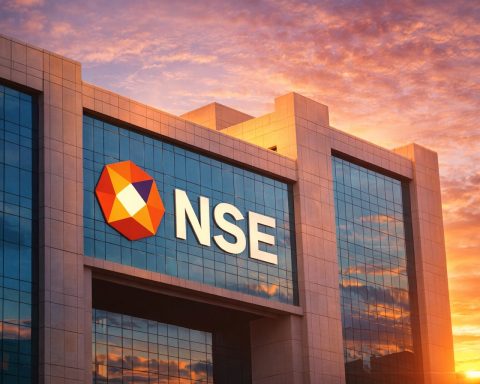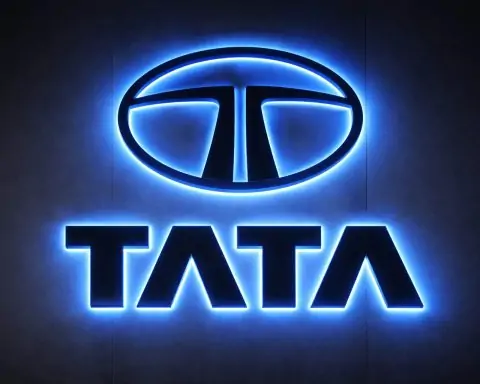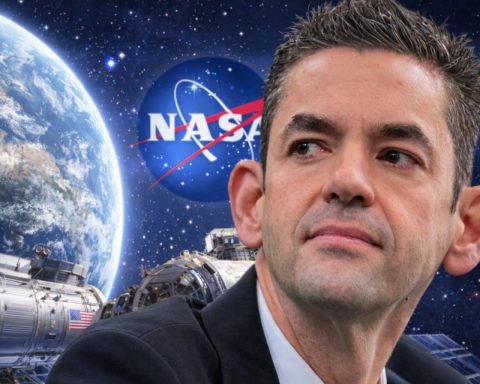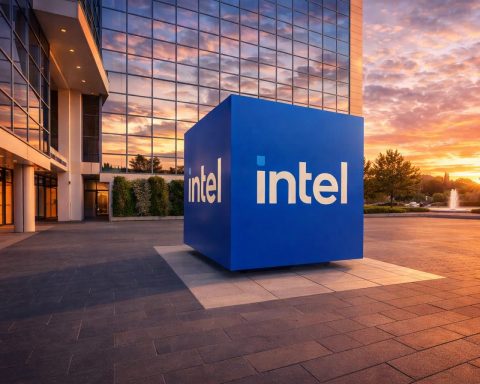Launch & Rocket Updates
- SpaceX Starship Cleared for Launch: SpaceX Starship is set for its 10th test flight on Aug. 24 after finally getting FAA approval and closing out an investigation into its last failed launch [1]. The fully stacked Starship/Super Heavy will attempt to deploy dummy Starlink satellites, reignite its engines in space, and splash down gently – all critical steps as SpaceX races to have Starship ready as NASA’s Artemis III moon lander by 2027 [2] [3].
- Blue Origin’s New Glenn Targets Mars: Jeff Bezos’ Blue Origin announced the second-ever launch of its giant New Glenn rocket is planned for Sept. 29. This booster will carry NASA’s twin ESCAPADE Mars probes – the rocket’s first interplanetary payload – after working closely with NASA on preparations [4]. New Glenn’s debut in early 2025 reached orbit but failed to land its first stage; this time Blue Origin will again try to recover the 188-foot booster at sea while sending the ESCAPADE satellites toward Mars’ orbit [5] [6].
- Setback for China’s LandSpace: Chinese startup LandSpace suffered a launch failure on Aug. 15 when its methane-fueled Zhuque-2 rocket experienced an “anomaly” shortly after liftoff [7]. The mission was lost and an investigation is underway. LandSpace made history in 2023 with the world’s first successful methane-fueled orbital launch (beating SpaceX and Blue Origin) [8], and even saw a follow-up test succeed this May, so this failure is a notable stumble in China’s booming commercial launch sector.
- China’s Moon Rocket Passes Big Test: China conducted a major static fire of its new Long March-10 rocket – the heavy-lift booster intended to carry Chinese astronauts to the moon. On Aug. 15, engineers ignited seven engines on a full-scale first stage in unison at Wenchang, generating nearly 1,000 tons of thrust in China’s largest-ever engine test [9]. The successful trial marked a key milestone for China’s 2030 crewed lunar ambitions [10]. It follows other recent strides in Beijing’s moon program, including a capsule abort test and a lunar lander try-out earlier this month [11], underscoring how China’s lunar program is quickly ramping up.
Satellite Missions & Science Updates
- NASA–ISRO Mega-Satellite Unfurls: A landmark in space cooperation – the U.S.-India NISAR Earth observation satellite deployed its gigantic 12-meter radar antenna in orbit on Aug. 15 [12]. NASA’s Earth Science Division hailed the spacecraft as “first-of-its-kind” – the most advanced radar imager ever put in orbit – poised to track earthquakes, floods, and climate shifts with unparalleled precision [13] [14]. With the gold-mesh antenna now fully “bloomed,” the $1.3 billion NISAR mission (a joint project between NASA and ISRO) will spend the next few weeks calibrating, aiming to start delivering life-saving data by October.
- Pakistan’s New Satellite in Action: Pakistan’s space agency SUPARCO confirmed the PRSS-1 remote sensing satellite – launched with China’s help on July 31 – is successfully deployed and operational [15]. The Earth-observing satellite has established stable contact and begun beaming down high-resolution imagery. It’s expected to “revolutionize” Pakistan’s urban planning, disaster management, and agriculture by providing timely data on everything from crop patterns to flood risks [16] [17]. The launch (from China’s Xichang center) and deployment mark another step in Pakistan’s growing collaboration with China in space, as the two countries even prepare to train and send the first Pakistani astronaut to China’s Tiangong space station in coming years [18].
- Russia’s ‘Mouse Hotel’ to Orbit: Russia is gearing up to launch a biological research mission, Bion-M No. 2, on Aug. 20. This cosmo-biology satellite will carry an entire menagerie – 75 mice, 1,000 fruit flies, as well as microorganisms, plant seeds, and more – in a pressurized capsule for 30 days [19]. Dubbed a “Noah’s Ark” in miniature, the biosatellite will expose its living cargo to microgravity and space radiation before returning them to Earth for study [20]. Even lunar soil simulant samples are on board, to see how moon dust might be affected by the space environment [21]. Russian scientists aim to learn about the effects of long-duration spaceflight on biology – insights crucial for future human deep-space missions.
Space Agencies & Policy Developments
- NASA Funds Space Tug Designs: NASA announced awards totaling $1.4 million for six companies to study new orbital transfer vehicles – essentially space tugs to ferry satellites into hard-to-reach orbits beyond the range of a single launch rocket [22]. The selected firms (including Blue Origin, United Launch Alliance, and Rocket Lab) will explore concepts to send satellites to high Earth orbits or even lunar orbit more cheaply. NASA officials said these innovative space tugs could “increase unique science capability and lower the agency’s overall mission costs,” potentially enabling more ambitious Moon and Mars projects in the future [23]. Initial study reports are due by mid-September, after which NASA will consider next steps.
- Canada Builds Its 1st Spaceport: Construction is officially underway for Canada’s first commercial spaceport. Canadian startup NordSpace broke ground on its Atlantic Spaceport Complex (ASX) in Newfoundland, aiming to launch the site’s inaugural rocket before the end of the month [24] [25]. The new spaceport near St. Lawrence will host NordSpace’s own rockets – a small orbital launcher called Tundra and a suborbital test rocket Taiga – and is open to other providers as well. ASX is strategically positioned to serve launches into a wide range of inclinations (46° to 100°) covering equatorial and polar orbits [26]. NordSpace’s CEO Rahul Goel called the groundbreaking a “historic moment for Canada”, as the country moves toward sovereign launch capability and a homegrown space industry [27]. The initial phase, a $10 million project, includes two orbital pads and a suborbital pad with tracking facilities [28].
- White House Boosts Commercial Space: In Washington, U.S. space policy is shifting to turbocharge private space ventures. President Trump signed an executive order on Aug. 13 titled “Enabling Competition in the Commercial Space Industry,” aimed at stripping away red tape in the launch business [29]. The order directs federal agencies to streamline launch licensing and fast-track spaceport construction, in part by shortening environmental reviews that often delay projects [30]. It also elevates the Office of Space Commerce and other agency roles to better support “novel space activities” like orbital refueling and manufacturing [31]. The move, praised by officials as unleashing a new wave of innovation, also shifts some power away from NASA by empowering other departments (Transportation, Commerce, Defense) in regulating space [32]. Notably, the directive seeks to override state-level hurdles – taking aim at laws and regulations that have impeded launch sites (for example, environmental objections to SpaceX’s Starbase in Texas) [33].
- SpaceX vs. California Regulators: Even as the White House tries to speed things up, California’s coastal regulators are tapping the brakes. On Aug. 14, the California Coastal Commission unanimously rejected a proposal to nearly double the number of SpaceX Falcon 9 launches from Vandenberg Space Force Base (from 50 per year to 95 per year) [34]. Commissioners cited concerns about environmental impact, wildlife disturbance, and the barrage of sonic booms rattling local communities if launch frequency ramps up [35]. SpaceX, which conducted 46 of Vandenberg’s 51 launches last year, argues that most flights support U.S. national security or infrastructure (Starlink) needs. However, state officials counter that many missions are essentially commercial and not exempt from oversight. The Commission’s objection may be mostly symbolic – the U.S. Space Force can legally override state permit denials for federal launch activity [36] – but it spotlights the growing tensions between space companies’ breakneck launch cadences and local environmental considerations. (In fact, SpaceX has an ongoing lawsuit claiming California regulators overstepped by letting Elon Musk’s politics sway their decisions.) The dispute underscores that even as technology races ahead, Earthly concerns like noise and wildlife protection remain very much in play in the space industry.
References
1. www.space.com, 2. www.space.com, 3. www.space.com, 4. www.space.com, 5. www.space.com, 6. www.space.com, 7. www.reuters.com, 8. www.reuters.com, 9. www.globaltimes.cn, 10. www.globaltimes.cn, 11. www.globaltimes.cn, 12. www.ndtv.com, 13. www.ndtv.com, 14. www.ndtv.com, 15. www.arabnews.com, 16. www.arabnews.com, 17. www.arabnews.com, 18. www.arabnews.com, 19. www.space.com, 20. www.space.com, 21. www.space.com, 22. www.space.com, 23. www.space.com, 24. www.space.com, 25. www.space.com, 26. www.space.com, 27. www.space.com, 28. www.space.com, 29. www.space.com, 30. www.space.com, 31. www.space.com, 32. www.space.com, 33. www.space.com, 34. www.latimes.com, 35. www.latimes.com, 36. www.latimes.com










